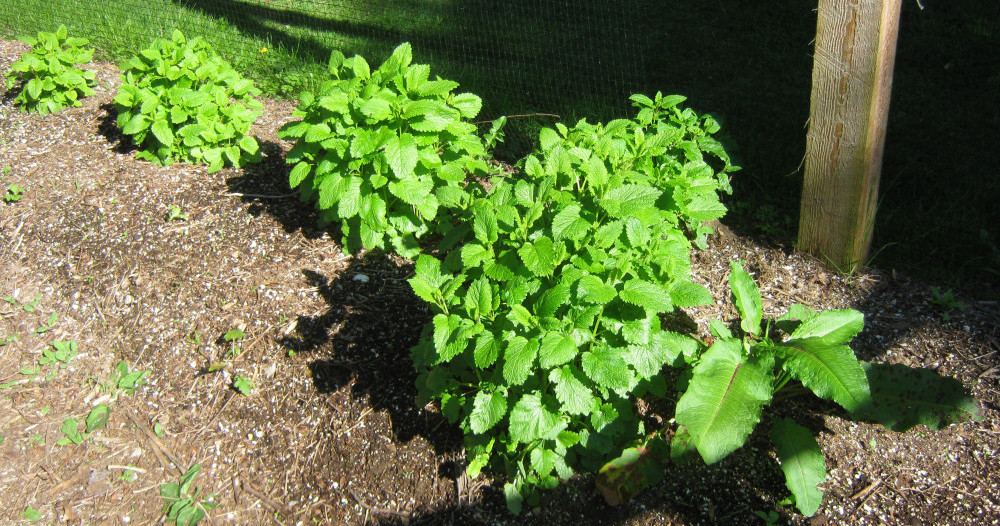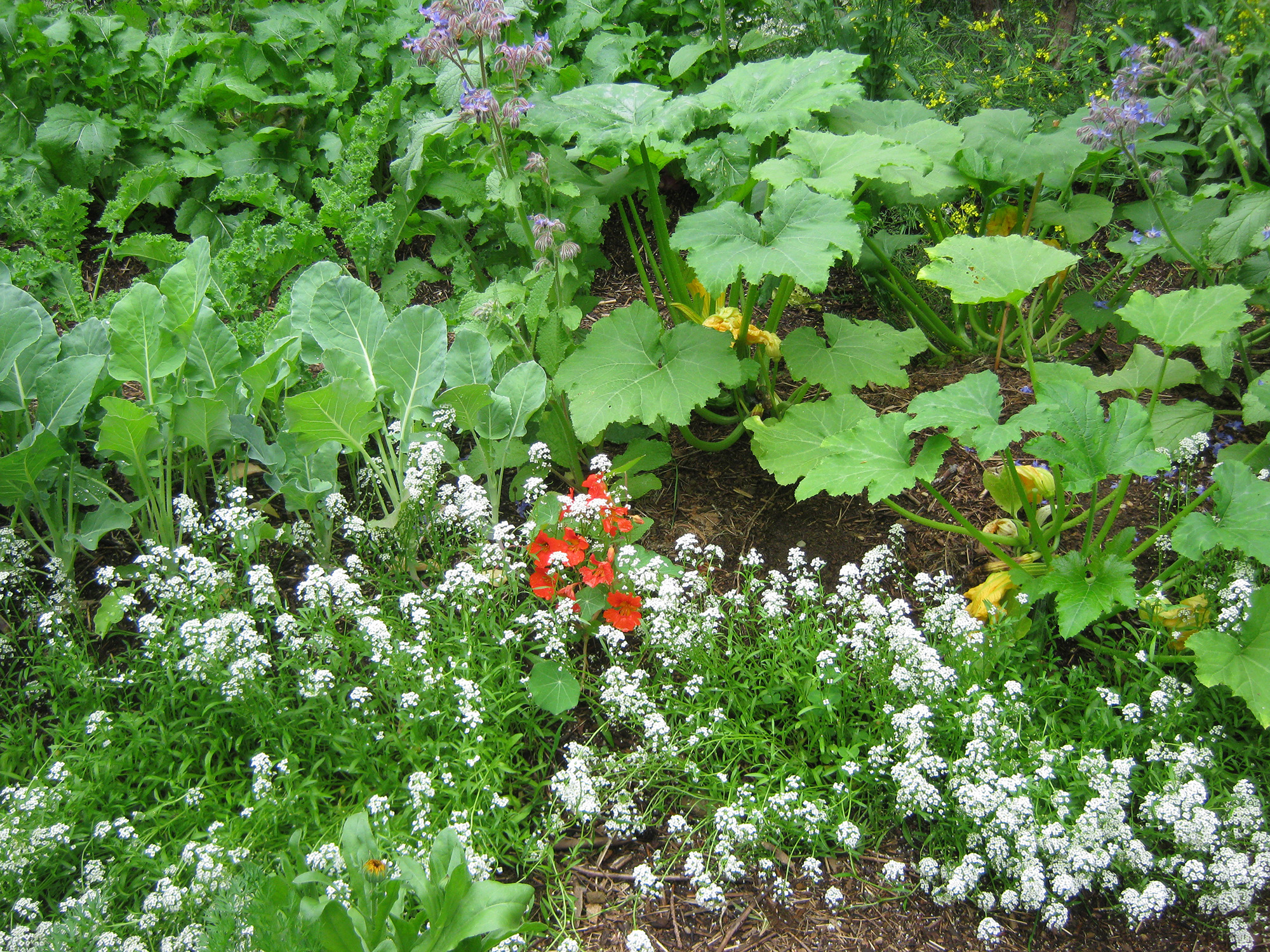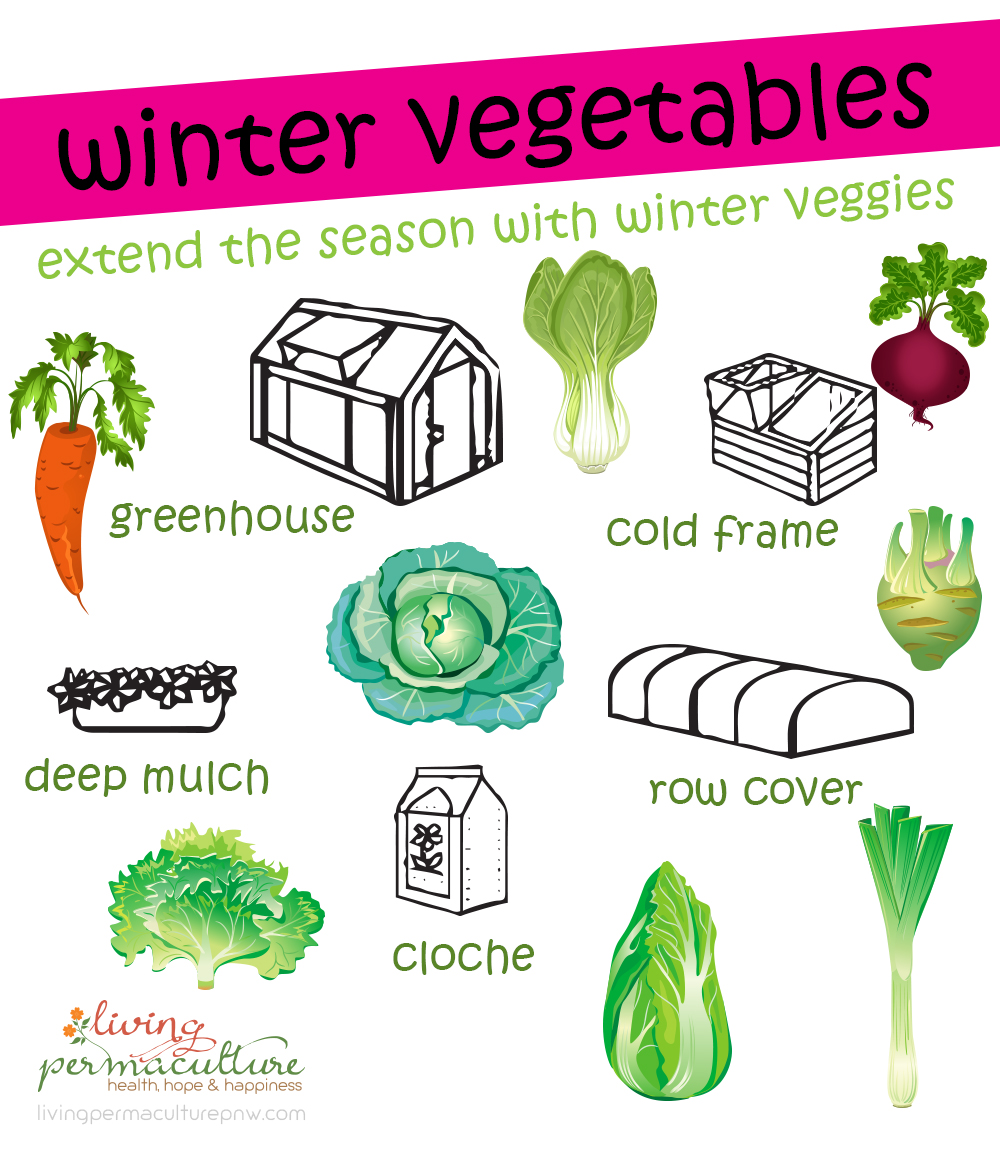Here on the West Coast of Canada, we have a great climate for growing vegetables. I grew up in northern British Columbia, where the growing season is pretty dang short, so it’s exciting to be able to grow vegetables ALL YEAR LONG!
Of course, not all vegetables can be grown in the winter here; but definitely enough to make learning how worthwhile. This is only my second year with this garden, so I haven’t done lots of experimenting, but I have a few success stories to share. And I’ll be doing more experiments this winter.

What to grow
West Coast Seeds has a great planting chart for our area, which shows when to plant in order to get winter/spring harvests. For instance, we can transplant Brussels Sprouts in the beginning of August, and Winter Cabbage at the end of August, to get our quota of brassicas for the winter.
Some other things that you might consider growing for winter harvests are:
- Carrots
- Kohlrabi
- Leeks
- Mustard greens
- Pac Choi
- Parsnips
- Rutabagas
- Turnips

When to plant winter vegetables
When should you start planting for winter harvests? Well…it depends. As usual, many elements come into play, not the least of which is the climate you live in. Your first frost date in the fall will dictate when you should sow your last seeds for winter harvesting.
Check out your local seed companies, to see if they have winter planting guides. Also, most seed catalogs will indicate which varieties have the best winter hardiness, so make sure you check that out.
Another thing you need to take into consideration is the amount of sunlight your garden gets.
Our garden gets okay sun from about mid April to mid August. In early spring and late fall the sun is mostly blocked by the tall trees that surround the property. And it gets absolutely no sun at all during the winter months. Zip. Nil. Nada.
I discovered last year that if I want to have veggies standing in the garden during the winter, I have to start them earlier than the planting chart for my area indicates. Last year was my first year growing here, so there is a lot of observe and interact going on.
I planted some beets and chard in August, thinking it would be early enough to have some good growth before the cold set in. But the sun disappeared behind the trees before much happened. They got some growth, and I was able to harvest small leaves frugally, but nothing to write home about.
But as soon as the sun came above the trees in spring, the beets and chard kicked in and we were harvesting in no time. And a few other things came to life as well. The summer celery – which, oddly enough, didn’t do all that well in the summer – came back with a vengeance; as did the perennial arugula.
So, I guess what I’m getting at is, you will need to do some research and then experiment. Plant a short row of each vegetable you want to test, and see what happens.
The thing about winter vegetables is that most of them don’t actually grow all that much in the winter. They have to get their growing done in the summer and fall; then they’ll stand in the garden all winter, and you can harvest as you need them. This is for root crops like carrots, turnips and rutabagas.
Other winter crops, such as greens, also need to put on quite a bit of growth before winter sets in. Only in the mildest winters will they put on any growth. The trick with winter greens is that, even though they might freeze, they can still survive. But you have to wait until they thaw out before you pick them. Otherwise, they’ll just turn to mush.

Winter and early spring harvests on the West Coast of Canada
Check out the West Coast Seeds planting charts if you live in a similar climate. Otherwise, you can look at your local seed company or garden center websites to see if they have a similar resource for you. Or just ask Gardener Google. : )
For winter harvests
Beets – plant in late summer; can grow for either beet tops, or beetroot that will store in the soil and can be harvested all winter.
Broccoli Raab (Rapini) – some varieties, such as Sorrento, can crop into late fall and winter.
Brussels Sprouts – transplanted in early August, Brussels sprouts will be cropping before Christmas!
Cabbage – some varieties overwinter very well, and you can harvest throughout the winter.
Carrots – can be sown up until mid-September, for winter harvests.
Radicchio – some varieties are very winter hardy
Collards – can be transplanted in September and harvested all winter
Kale – many varieties are very winter hardy; transplant in September
Leeks – find varieties that are winter hardy and can be harvested from the garden all winter
Lettuce – many varieties are cold hardy
Pac Choi – many varieties are cold hardy
Parsnips – many varieties are cold hardy
Daikon radish – sow in late summer and harvest all winter
Rutabaga (Swede) – sow in July for winter harvests
Also, many herbs will last throughout the winter. Perennial herbs such as rosemary, thyme, and oregano can be eaten all winter. If they are small plants, don’t harvest from them. But large established plants can be harvested.

For early spring harvests
Arugula – either the perennial kind, or planted in late summer/early fall
Beet tops – I sowed in the fall, and they really kicked in this spring. We’ve been enjoying fresh beet tops starting in March.
Cauliflower – some varieties can be transplanted in August, and will form heads early spring
Summer Celery – I don’t know if it’s always like this, but I transplanted in spring, it did rather pathetically during the summer, and kicked in a bit in the fall. It stood all winter, and then started growing again in the spring; even after being partially buried with compost. It’s May now, so we’ll see how long it lasts.
Swiss Chard – summer/fall sowings stand in a mild winter, and kick in quickly in the spring.
Chives come back early in the spring, and can be harvested as early as March.
This is by no means an exhaustive list of vegetables that can be grown in the winter. You will have to figure out what grows best in your area, depending on your climate and growing zone; and on how much sun your garden gets. So do some research, and get prepared to start your plants at the right time for winter or spring harvest.

Increase your chances of a winter harvest
There are ways to increase your chances of having a great winter harvest. Of course, if you have a greenhouse, that will give you a great advantage during the cold season.
We had kale growing monster big in our little greenhouse all winter. Parsley too. This fall we’ll keep a few other things growing in there: beet tops and chard, and maybe some mustards. And we’ll try a few different greens, to see what works best. I’ll write about that next spring.
Another undercover way to grow winter and spring veggies is to build or purchase a cold frame. This can be as simple as a wooden box with an old window over it, or a fancy, store bought cold frame with all the bells and whistles. Whichever route you take, a cold frame could enable you to have greens all year long, no matter what climate you live in. You just have to know how to use it.
I’ll be doing a write-up on cold frames before the fall comes, and will post the link here. In the meantime, check out some tutorials on Youtube, and see how creative some people can get when building a cold frame.
Another thing you can use to keep your veggies going during winter is a row cover of some kind. These covers will enable growers to keep many semi-hardy plants going all winter. I don’t think it would really help much in our garden – because of the complete lack of sun during the winter – but it might be worth a try.
If you just have a few plants that you want to get through the winter, some kind of cloche system will keep them going when the temperature dips too low. Or try wrapping them in burlap, or even old sheet and towels, on cold nights.
You can also try doing a deep mulch. Try shredded leaves, straw, or any other dry, insulating material you can get your hands on. This would work best for root crops, but might help keep some more hardy leafy greens going through a cold snap.

Enjoying a year-round garden
If you live somewhere with a mild-ish winter climate, you could very well be harvesting some vegetables from your garden all winter long. If your winter can have harsh periods, a few simple steps can keep your plants from succumbing to cold temps.
If you can’t grow all winter outside, setting up a greenhouse might enable you to at least keep some greens going to add some fresh veg to your winter menu.
If growing outside is impossible during the winter, growing indoors with grow lights, or something like the AeroGarden, can keep you in fresh greens until spring comes around again.
~
I hope you’ve learned a little bit about what is possible in the winter garden. If you have any questions or comments, please feel free to leave them in the comment box below. I’d love to hear from you.
Health, Hope & Happiness
Tracy
This article may contain affiliate links. If you click on a link and make a purchase, I will receive a small commission, at no extra cost to you. See the full Affiliate Disclosure here.


This post comes at the perfect time! Only a few weeks ago I planted some seeds to grow vegetables, so I was interested in seeing if I have been doing this at the right time. I planted broccoli and carrots, chard, spinach, and many other vegetables. Some are already sprouting. I see that Swiss chard kicks in quickly in the spring, so that’s good to know, this may be perfect timing.
What is lemon balm? Is it a plant? I have never heard of it. I know of lemon trees, but lemon balm is something new to me. It looks very beautiful.
I think that setting up a greenhouse is a good idea and it may be in my future plans, once I finish building my house.
Thanks for this great article. Excellent tips!
Hi Christine
I’m so glad the article was helpful. I think seed saving is a very important skill to have; and will become even more essential in our uncertain future.
Lemon balm is a herb, that smells very strongly and beautifully of lemon. It is edible and medicinal, and makes a lovely tea. It is a calming herb, so it makes a nice tea for bedtime, and for children.
Cheers
Tracy